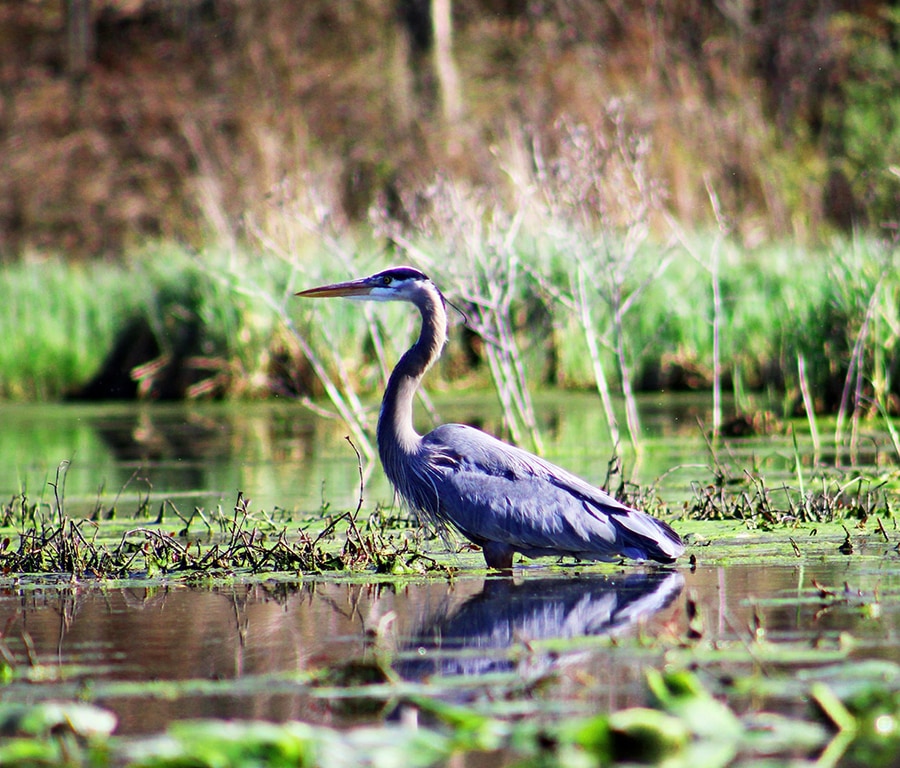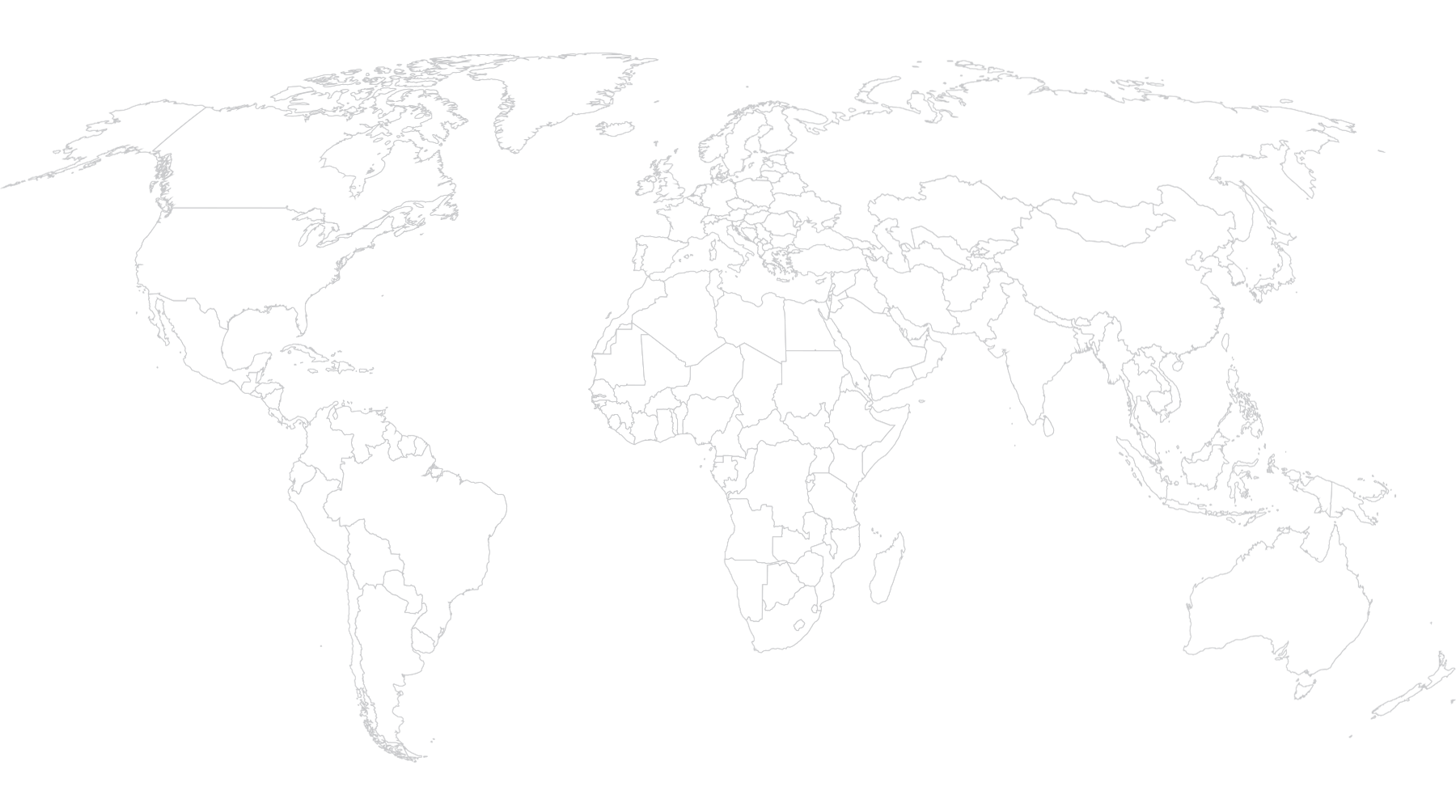That’s because coastal ecosystems don’t just provide habitat for marine species and livelihoods for local communities. They also store ‘blue carbon’ in their soils, roots and plants which would otherwise be released into the atmosphere and increase global warming.
Protecting and restoring the world’s mangroves, tidal marshes and sea grasses has never been more important.
Photo courtesy of Anett Szaszi Ocean Image Bank
FACT
01
Scientists have shown blue carbon ecosystems can store, or ‘sequester’, between 10 and 100 times more carbon than forests, which is why halting their destruction and restoring and protecting them has become an international priority.
FACT
02
Urgent conservation action is needed because it is estimated that 25-50% of coastal ecosystems have been lost over the last century.
FACT
03
Mangrove forest exploitation, coastal development, pollution and pressures from agriculture and aquaculture are some of the common causes for coastal ecosystem damage and destruction.
ABOUT THE PARTNERSHIP
The International Partnership for Blue Carbon (the IPBC) is a global network of over 60 government agencies non-governmental organisations, intergovernmental organisations and research institutions from around the world who understand the importance of coastal ecosystems and are committed to their conservation.
The IPBC’s mission is to be an open forum for IPBC partners to connect, share and collaborate to build solutions, take actions, and benefit from the experience and expertise of the global community.
- increase international commitments to protect coastal blue carbon ecosystems
- improve national policies to protect coastal blue carbon ecosystems, and
- accelerate on-the-ground implementation of blue carbon protection and restoration activities.
WHAT IS BLUE CARBON?
The term ‘coastal blue carbon ecosystems’ refers to three main types of vegetated coastal habitats – mangroves, tidal marshes and seagrasses

OUR PARTNERS
Click + to view our Partner locations

Costa Rica
Vice Ministry of Water and Oceans Affairs of Costa Rica
Fiji
Ministry of Economy
France
Ministére De La Transition Ecologique et Solidaire
Indonesia
Ministry of Marine Affairs and Fisheries
Korea
Korea Marine Environment Management Corporation
Monaco
Department of External Affairs and Cooperation
Papua New Guinea
Climate Change & Development Authority
Sierra Leone
National Protected Area Authority
Madagascar
Ministry of Environment and Sustainable Development
Portugal
Ministry of the Sea
Seychelles
Ministry of Agriculture, Climate Change and Environment
Somalia
Ministry of Foreign Affairs and International Cooperation
United Arab Emirates
Ministry of Climate Change & Environment – Abu Dhabi
United Kingdom
Department for Environment, Food and Rural Affairs
United States of America (Washington D.C)
National Oceanic and Atmospheric Administration
Australia
Department of Agriculture, Water and Environment Department of Industry, Science, Energy and Resources
Blue Ventures
International (Head office Bristol)
Global Ocean Trust
International (Head office Germany)
Conservation International (CI)
International (Head Office USA)
E2E Foundation
International (Head Office Colombia)
Norway
Norwegian Government
EcoViva
International (Head office Georgia, USA)
GreenFleet
Head office Australia
Restore America’s Estuaries
International (Arlington, VA United States)
Silvestrum
International (Head office United States)
IUCN
International ( Head office Gland, Switzerland)
Mangrove Action Project
International (Seattle, USA)
The Nature Conservancy
International (Head office Arlington Virginia, United States)
World Wildlife Foundation
International (Geneva, Switzerland)
AGEDI
International (Head office Abu Dhabi, United Arab Emirates)
CIFOR
International (Jawa Barat, Indonesia)
CSIRO
Canberra, Australia
GRID-Arendal
International (Head office Arendal, Norway)
Global Change Institute (University of Queensland)
Brisbane, Australia
IOC-UNESCO
International (Head office Paris, France)
PEMSEA
International (Head office Quezon City, Philippines)
PARI
International head office(Yokosuka, Kanagawa Prefecture, Japan)
SPREP
International (Head office Samoa)
The Blue Carbon Lab (Deakin University)
Melbourne, Australia
Pacific Islands Forum Secretariat
International (Head office Suva, Fiji)
PIDF
International (Head office Suva, Fiji)
Ramsar Convention on Wetlands
Gland, Switzerland
Sasakawa Peace Foundation
Tokyo, Japan
University of Melbourne
(Head office Melbourne, Australia)
Winrock International
International (Head office Arkansas, United States)
CATIE
The Tropical Agricultural Research and Higher Education Center
GIZ
International (Head office Germany)
The University of Queensland (UQ)
(Head office Australia)